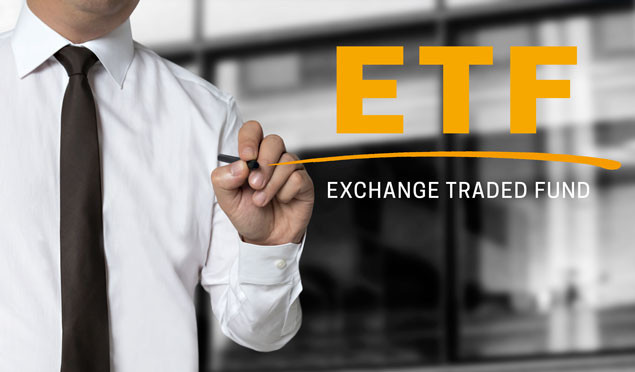ETFs explained

Last updated on 13th December, 2017 at 10:16 am
Although Exchange Traded Funds (ETFs) are relatively new entrants to the investment world (first launched in SA in 2000), they have become increasingly popular because of a number of advantages they have over other investment options.
Somewhat like shares, but also similar to unit trusts, ETFs are pooled investments where the money of thousands of investors is combined to purchase a selection of assets (securities) in a market or market sector.
However, unlike unit trusts, ETFs are listed on a stock exchange such as the Johannesburg Stock Exchange (JSE) where they can be traded like shares.
ETFs mainly reflect the performance of an index (a group of shares that follows a particular market, industry or commodity and covers all asset classes and market sectors, tracking stock markets, property markets, bond markets, money markets, currencies and commodities).
You can invest in an ETF either directly with an ETF company through its online investment facility (such as Satrix, www.satrix.co.za), or via brokers/online trading or administration platforms. Both ways allow you to make a lump-sum investment or regular debit order investments, or to switch between funds.
What are the benefits of ETFs?
- Costs Most ETFs generally have lower costs than other investments, because they are not actively managed and their underlying share portfolios are not traded regularly. There is, therefore, no need for a whole team of investment experts, which could increase costs and management fees. In addition, certain ETFs can be traded at lower brokerage rates, lowering their costs even further. Normally, the administration fees for ETFs are seldom above one percent a year.
- Diversification As there is a wide range of ETFs available that covers every major index, they are ideal to create a diversified investment portfolio across various asset classes to spread your investment risk. The diversification of your portfolio will depend on your needs. If you require capital growth, you should focus on growth assets such as equity ETFs. If you require an income, you should be looking to money market ETFs, bond ETFs, property ETFs and ETFs that seek to maximise dividend returns. The wide range of ETF choices have various risk profiles. The main risk is volatility (the inclination of an investment to go up or down in value as markets rise or fall). For example, an ETF that tracks a currency will have far more risk than an ETF that tracks a money market.
- Flexibility ETFs can be bought and sold at current market prices at any time during the trading day, unlike mutual funds and unit investment trusts, which can only be traded at the end of the trading day.
- Transparency ETFs, whether index funds or actively managed, have transparent portfolios and are priced throughout the trading day. The underlying investments are published daily.
While ETFs may have many advantages, people considering investing in them, should, like with any other investment option, do their homework thoroughly before taking the plunge.
By Wilma de Bruin
Want to learn more?
We send out regular emails packed with useful advice, ideas and tips on everything from saving and investing to budgeting and tax. If you're a Sanlam Reality member and not receiving these emails, update your contact details now.
Update Now







